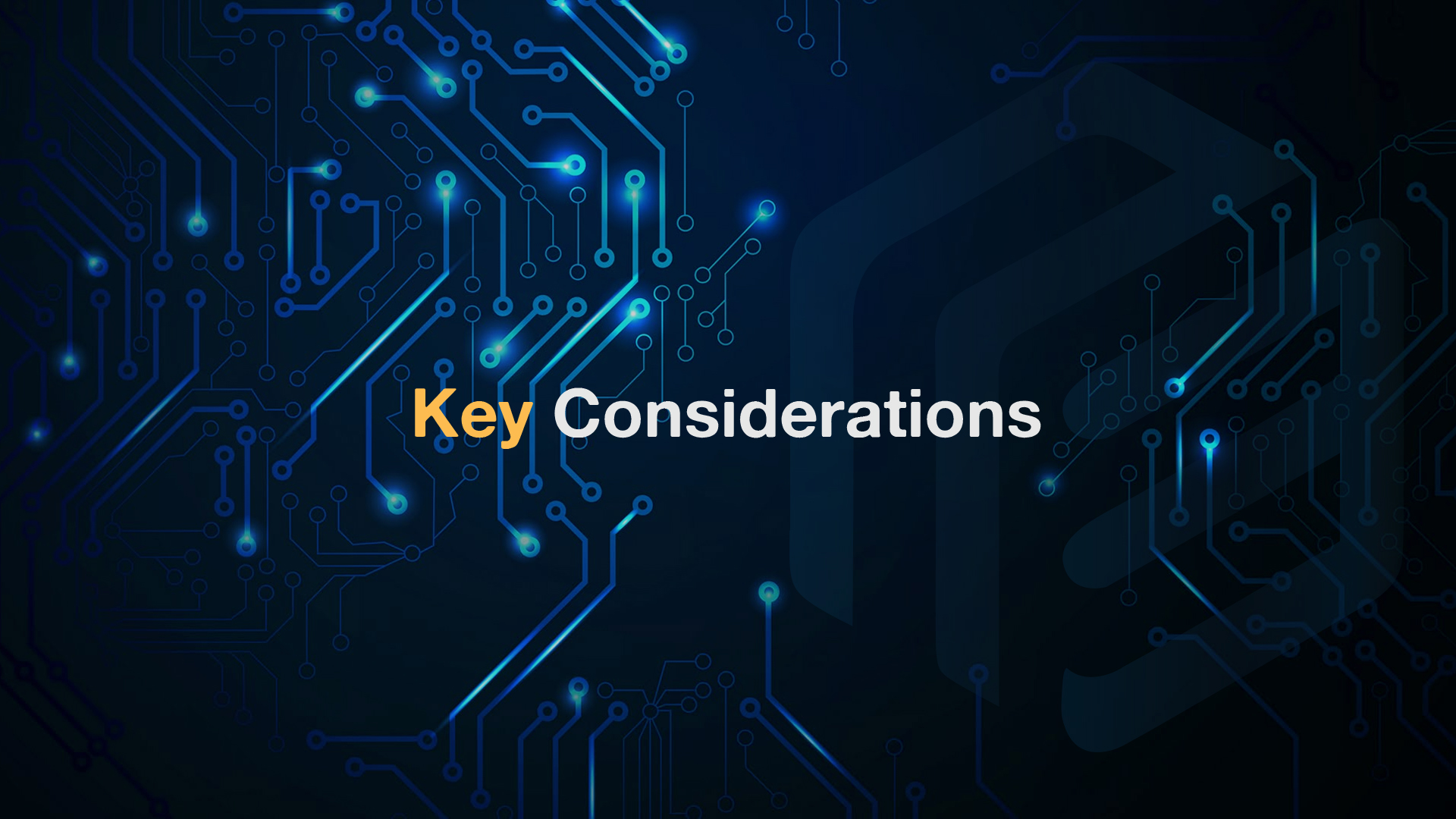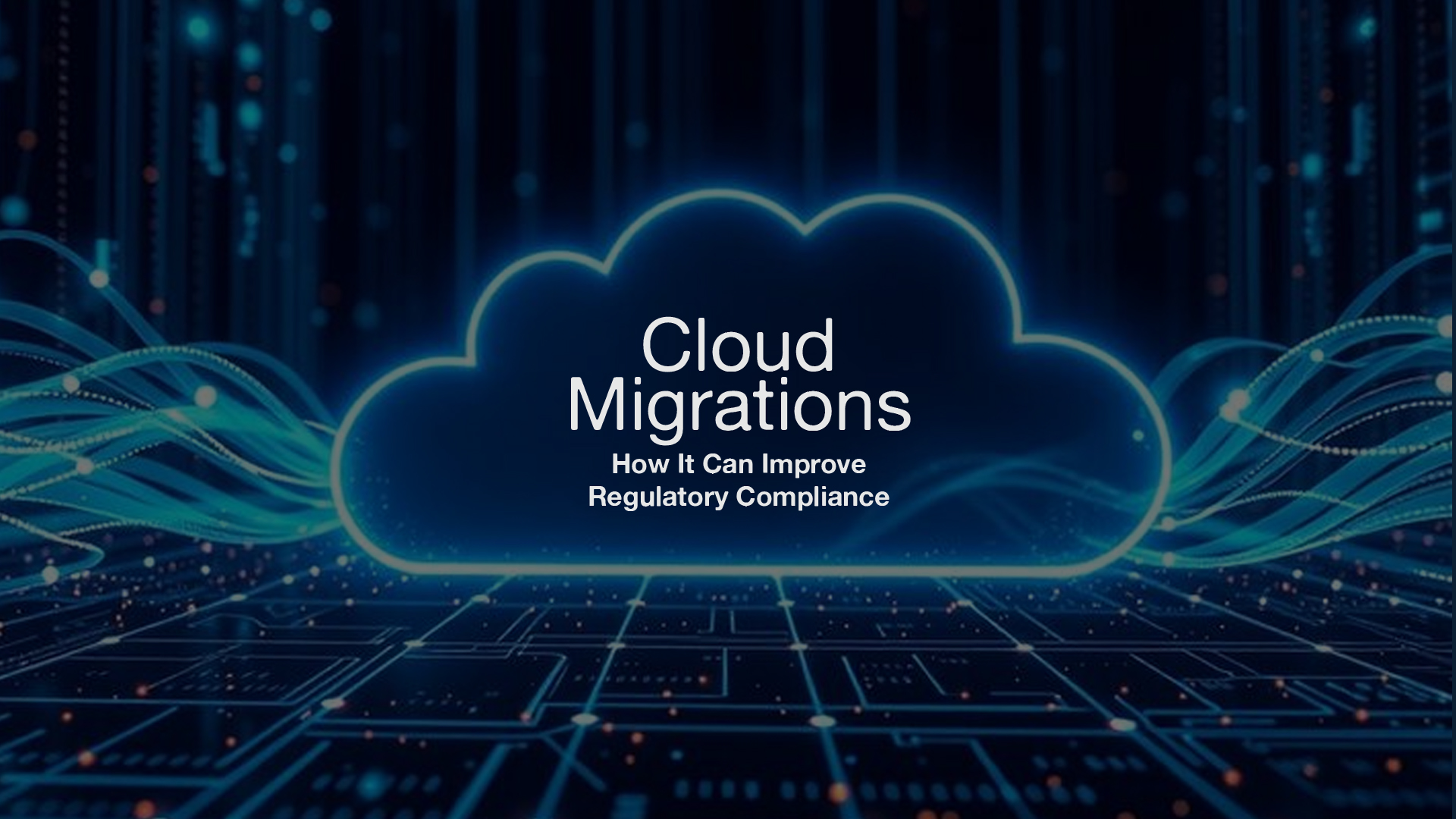How Cloud Migrations Can Improve Regulatory Compliance
Regulatory compliance has become a critical concern for businesses across industries, with data protection laws and industry standards growing more stringent each year. Organizations face mounting pressure to safeguard sensitive information while maintaining operational efficiency. Cloud migration presents a strategic opportunity to address these challenges, offering advanced security features and compliance frameworks that traditional on-premises systems often cannot match.
The shift to cloud infrastructure represents more than a technological upgrade—it's a comprehensive approach to meeting regulatory requirements while positioning your organization for future growth. Modern cloud platforms provide built-in compliance tools, automated monitoring capabilities, and robust security measures that can transform how businesses approach regulatory obligations.
Understanding how cloud migrations enhance regulatory compliance can help organizations make informed decisions about their infrastructure investments and compliance strategies.
Understanding Regulatory Compliance
Regulatory compliance refers to an organization's adherence to laws, regulations, guidelines, and specifications relevant to its business operations. These requirements vary significantly across industries and geographical locations, encompassing data protection regulations, financial reporting standards, healthcare privacy laws, and sector-specific mandates.
Organizations face numerous challenges when managing compliance through traditional infrastructure. Legacy systems often lack the sophisticated monitoring and reporting capabilities required for modern regulatory frameworks. Manual compliance processes are time-intensive and prone to human error, creating potential vulnerabilities and audit failures.
The complexity of regulatory compliance continues to increase as new laws emerge and existing regulations evolve. Organizations must demonstrate continuous compliance, maintain detailed audit trails, and respond rapidly to regulatory changes—requirements that strain traditional IT infrastructure and resources.
Benefits of Cloud Migrations for Regulatory Compliance
Enhanced Data Security
Cloud platforms implement enterprise-grade security measures that exceed what most organizations can achieve independently. Advanced encryption protocols protect data both in transit and at rest, while multi-layered security architectures provide comprehensive threat protection. These security enhancements directly support compliance requirements across various regulatory frameworks.
Automated security updates ensure systems remain protected against emerging threats without requiring manual intervention. Cloud providers invest heavily in security infrastructure, employing dedicated teams of security specialists who monitor threats and implement protective measures around the clock.
Improved Data Governance
Cloud environments offer sophisticated data governance tools that enable organizations to classify, track, and control access to sensitive information. Centralized data management systems provide clear visibility into data flows, storage locations, and access patterns—critical elements for regulatory compliance.
Automated data lifecycle management ensures information is retained, archived, or deleted according to regulatory requirements. These capabilities reduce the risk of compliance violations while minimizing the administrative burden on internal teams.
Scalability and Flexibility
Cloud infrastructure adapts seamlessly to changing business needs and regulatory requirements. Organizations can quickly implement new compliance tools, adjust security configurations, or modify data handling processes without significant infrastructure investments or lengthy deployment cycles.
This scalability proves particularly valuable when regulations change or when organizations expand into new markets with different compliance requirements. Cloud platforms enable rapid adaptation to evolving regulatory landscapes.

Key Considerations for Cloud Migrations
Data Residency Requirements
Many regulations specify where data must be stored and processed, requiring organizations to maintain strict control over data location. Cloud providers offer multiple data center locations and region-specific services to address these requirements.
Organizations must carefully evaluate data residency obligations before selecting cloud regions and configure their cloud environments to ensure ongoing compliance. Clear documentation of data flows and storage locations supports audit activities and regulatory reporting.
Security Measures and Controls
Comprehensive security frameworks form the foundation of regulatory compliance in cloud environments. Organizations should implement identity and access management systems, network security controls, and endpoint protection measures that align with regulatory requirements.
Regular security assessments and penetration testing validate the effectiveness of implemented controls. Continuous monitoring systems detect potential security incidents and compliance violations in real-time, enabling rapid response and remediation.
Compliance Standards Alignment
Different industries operate under specific compliance frameworks that dictate security, privacy, and operational requirements. Cloud migrations must align with applicable standards while maintaining flexibility for future regulatory changes.
Organizations should map their specific compliance requirements to cloud capabilities and configure services accordingly. This alignment ensures the cloud environment supports both current compliance needs and future regulatory evolution.
Best Practices for Regulatory Compliance
Data Encryption
Implement comprehensive encryption strategies that protect data throughout its lifecycle. Encryption should cover data at rest, in transit, and in use, with robust key management systems controlling access to encryption keys.
Regular encryption key rotation and secure key storage practices maintain the integrity of encrypted data. Organizations should document encryption implementations to demonstrate compliance with data protection requirements.
Access Controls
Establish granular access controls that limit data access based on user roles, responsibilities, and business requirements. Multi-factor authentication adds an additional security layer for sensitive system access.
Regular access reviews ensure permissions remain appropriate as organizational roles change. Automated provisioning and de-provisioning processes reduce the risk of unauthorized access while streamlining user management.
Audit Trails
Comprehensive logging and monitoring systems create detailed audit trails that document all system activities, data access events, and configuration changes. These logs provide essential evidence for compliance audits and incident investigations.
Centralized log management systems aggregate data from multiple sources, enabling comprehensive analysis and reporting. Long-term log retention policies ensure audit evidence remains available for regulatory reporting periods.
Selecting a Cloud Provider
Compliance Certifications
Choose cloud providers that maintain relevant compliance certifications for your industry and regulatory requirements. These certifications demonstrate the provider's commitment to meeting specific security and compliance standards.
Verify that certifications remain current and cover the services you plan to use. Regular certification audits ensure ongoing compliance with evolving standards and requirements.
Security Measures and Transparency
Evaluate the cloud provider's security infrastructure, including physical security controls, network protection measures, and incident response capabilities. Transparent security documentation enables informed decision-making about cloud services.
Request detailed information about the provider's security practices, compliance procedures, and incident response protocols. This transparency supports your organization's risk assessment and compliance planning processes.
Transform Your Compliance Strategy Through Cloud Migration
Cloud migrations offer organizations a strategic path to enhanced regulatory compliance while improving operational efficiency and reducing costs. The combination of advanced security features, automated compliance tools, and scalable infrastructure positions businesses to meet current regulatory requirements and adapt to future changes.
Successful cloud migrations require careful planning, thorough risk assessment, and ongoing compliance monitoring. Organizations that approach cloud migration strategically can achieve significant improvements in their regulatory compliance posture while unlocking the operational benefits of modern cloud infrastructure.
The investment in cloud migration pays dividends through reduced compliance costs, improved security postures, and enhanced organizational agility. As regulatory requirements continue to evolve, cloud-based compliance strategies provide the flexibility and capability needed to maintain ongoing compliance while supporting business growth.









